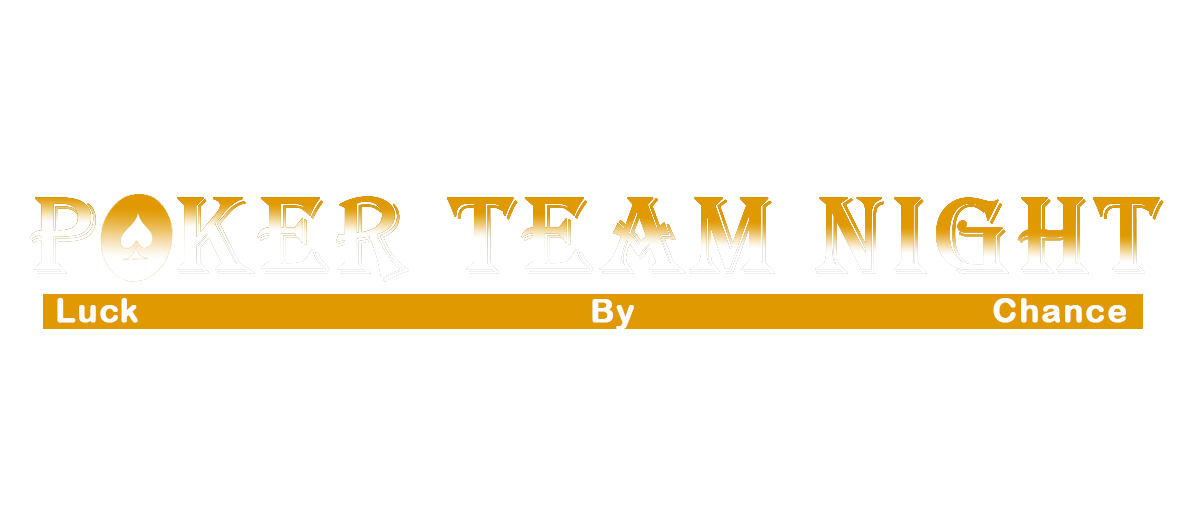How to count cards in poker can be tricky. You need to look at several factors that are essential to make the right decisions when it comes to betting and card counting. When you are learning how to count cards, it is important to gain experience with different card counting methods. For beginners, there is the option of using an online deck-building software program. However, in the long run, such programs can prove inadequate because they lack the personal interaction that a real game brings.
The basic question in learning: how to count cards in poker is to identify the best time to raise or call. For beginners, this might seem like a very difficult question to answer. There are basically two types of bets in poker: raises and calls. Raises are considered to be a low risk bet because they involve the smallest monetary investment. Calls are made with larger sums, but the risk involved is much higher.
A good starting question to ask is: “When is the best time to hit a flush.” In many poker games, a flush is considered to occur after the third card is turned over. Therefore, it is generally recommended that players hit a flush when they have either narrowed the pot down to only two cards or have achieved a running count of at least six cards. It is not uncommon for players to have a running count of seven cards before they actually hit a flush, which will dramatically change the odds for them when trying to win a pot.
Another important question in learning: how to count cards in poker is how to properly evaluate raises. There are basically two types of raises, straight forward and raises which require opponents raise. When a player commits a raise, this means they have something to take away from their opponents hand, usually a pair or better. The player needs to know how strong their opponent’s hand is and whether they can afford to keep betting even if they miss their chance to take the pot.
When learning how to count cards in poker games: it is essential to remember to evaluate hands objectively. If a player tries to evaluate a hand objectively and does not take into account the feelings of the players, they may miss on opportunities to take advantage of other players weak spots. For example, it is not uncommon for a player to be dealt a poor hand and think nothing of it, only to lose the pot because they did not think to check or play a poor hand. When using card counting in poker games, it is very important to remember to evaluate each hand objectively.
Learning how to count cards in poker is more difficult than it seems: For some people, learning how to count cards in poker is a natural outgrowth of playing the game over. While there are those that can just read the cards, and call them without any thought, most poker players have to evaluate their actions and what they see.
The act of back-counting is a way for players to evaluate their cards and help gain a better understanding of their hand.
